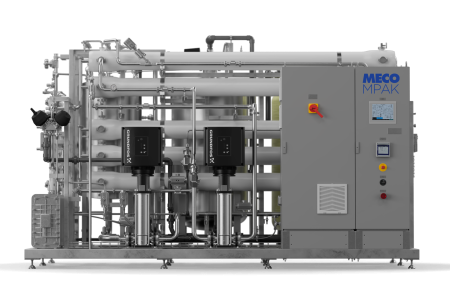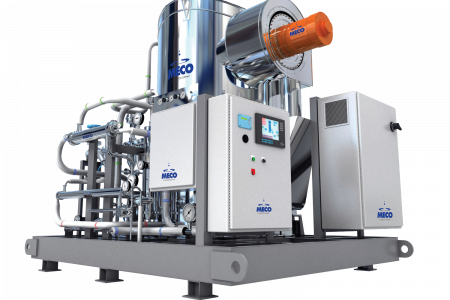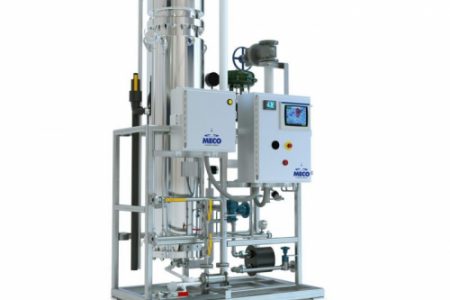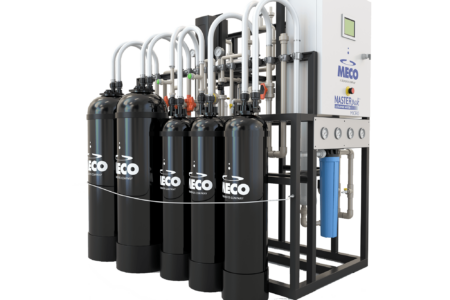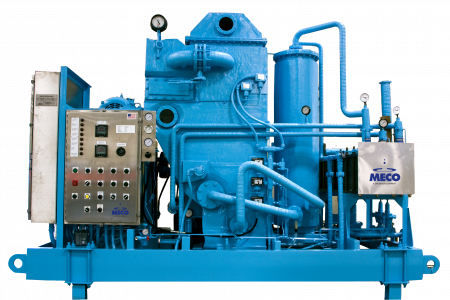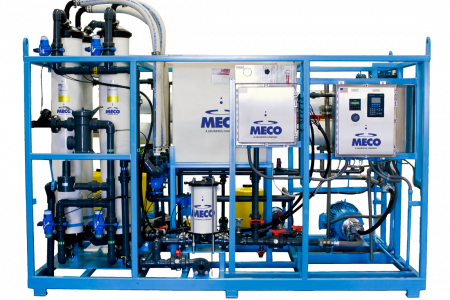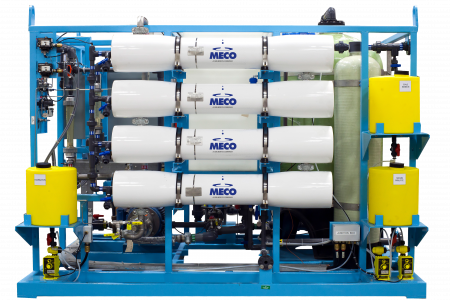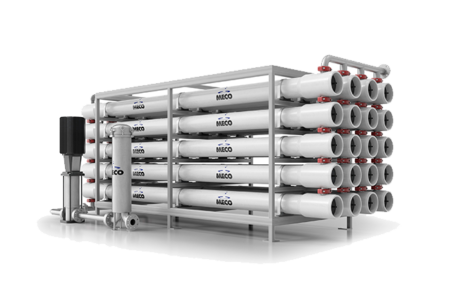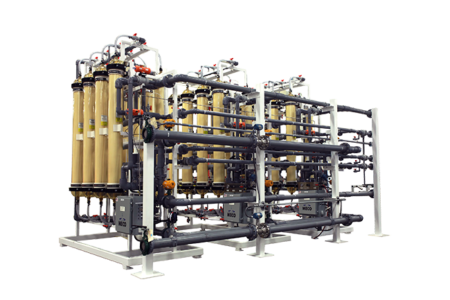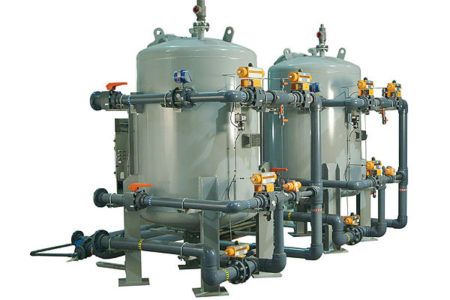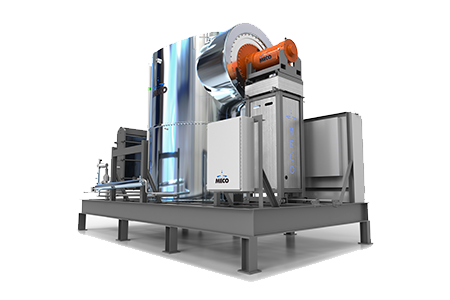Water Sustainability & Water Scarcity
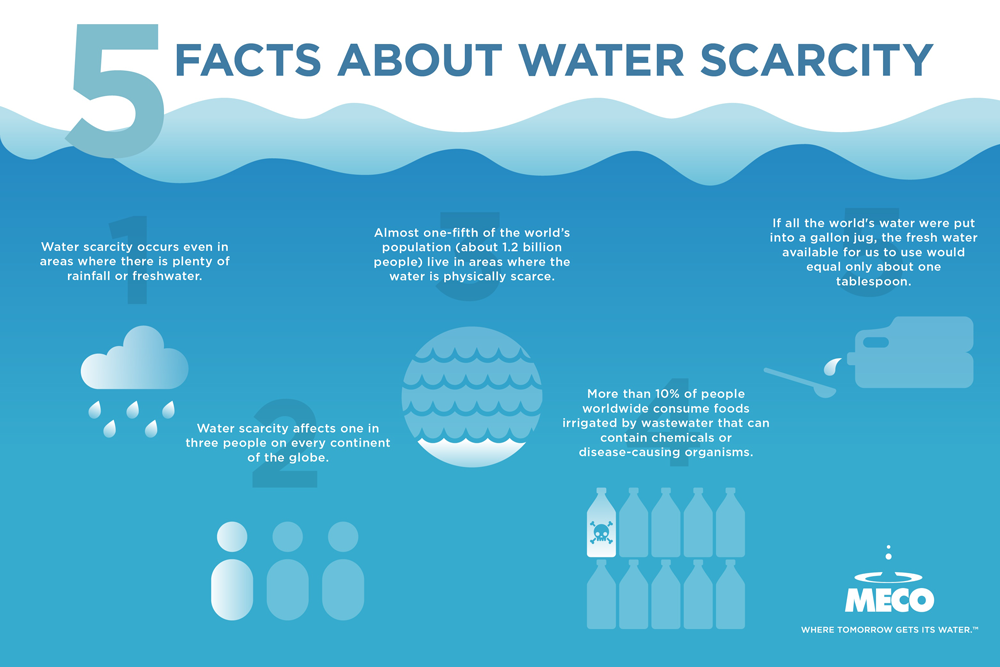
Water scarcity occurs when physical limitations keep people from accessing clean and safe water. It can come from a lack of clean water sources in their area or a lack of government and infrastructural support to provide them with the necessary tools. Water scarcity affects people globally and increases with the world population.
Important Water Scarcity Facts
To understand the severity of water scarcity, here are some powerful facts:
- While 3% of the Earth’s water is fresh, only 0.5% of the Earth’s water is fit and available for consumption. The remaining portion is either inaccessible, in ice caps, glaciers, or underground, or too polluted for people to salvage.
- Water conservation, use and quality affect whether a country is able to meet demands.
- Worldwide, water scarcity now affects one in ten people, estimating around 785 million people.
- If you could put all the world’s water into 26 gallons, the freshwater available for use would equal about half a teaspoon.
- Without access to clean water, people cannot build proper health, sanitation and hygiene procedures, leading to an increased risk of death and disease.
- Access to clean water can help children stay in school. Local access can prevent them from walking miles every day, especially young girls, who typically shoulder the responsibility of water collection.
- About 1.8 billion healthcare employees and patients were at higher risk of having COVID-19 in 2020 because of a lack of clean water or proper sanitation tools in their facilities.
- Diseases that spread in unclean water kill more people than any type of violence, including war.
View Our Water Purification Systems
The Reality Of Water Scarcity
Approximately 71% of the Earth’s surface is covered in water, and with a number like that, it’s easy to misunderstand the reality of water scarcity. But the truth is, 0.5% of the Earth’s water is unpolluted, potable and fit for consumption. So while our continents may be surrounded by water, sustainable practices and water conservation have never been more important to combat the very real threat of water scarcity.
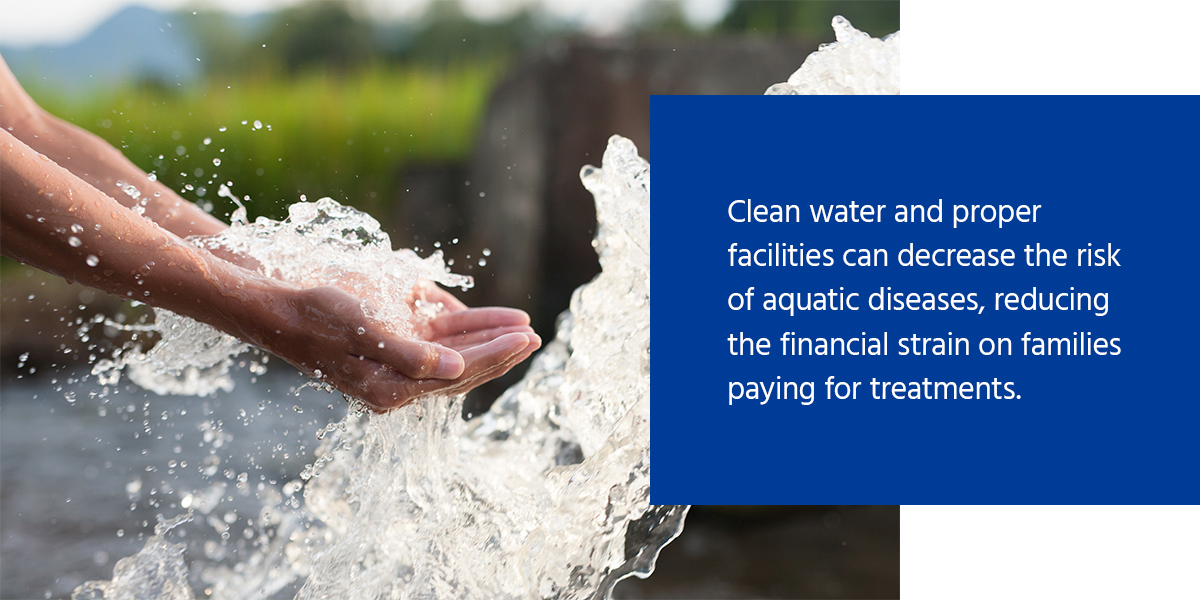
Water Scarcity and Health
Lack of access to safe drinking water poses increased risks of health problems for people. Every minute, one child dies from diarrhea caused by unclean drinking water. A lack of clean drinking water leads to more death in children than AIDS, malaria, and measles combined and is the top cause of death in childbirth in developing nations. Increasing access to clean water leads to lower child mortality rates and increased health.
In addition to poor health, places experiencing water scarcity often lack access to the water they need to maintain proper sanitation and hygiene, leading to increased health issues. Around one in four people — around 2 billion people globally — lack access to a proper bathroom.
Clean water and proper facilities can decrease the risk of aquatic diseases, reducing the financial strain on families paying for treatments. Additionally, around 400 million kids miss school each year because of water-related diseases. When children can stay healthy, they can dedicate more time to their education.
Availability Versus Usability
Unfortunately, plenty of rainfall or an abundance of naturally occurring freshwater does not mean that an area cannot experience water scarcity. How water is conserved and used in the community, along with the quality of the water available, are all factors that affect whether there is enough water to meet the demands of households, farms, industry and the environment. Without proper rainwater collection methods, including testing and treatment, even areas that experience abundant rainfall may have periods of water scarcity.
Rainwater and fresh groundwater are not necessarily fit for use without treatment, making these seemingly available resources difficult to access. MECO works to develop both effective and sustainable water purification systems so people can test and treat water beyond just consumption. With proper tests and treatments, people living in areas with little fresh water can reduce the risk of consuming or using polluted water.
Necessity Versus Safety
As population, urbanization, and water usage continues to rise, demand for water continues to grow and the supply cannot keep up. In fact, water scarcity now affects one in ten people on every continent across the globe. That means worldwide, nearly 785 million people have limited access to clean water.
Young women and girls spend 40 billion hours annually collecting suitable drinking water, often leaving them no time to pursue their education, because the infrastructure does not exist to collect and treat water from aquifers. In those situations, bathing and cleaning cannot be done properly, because they must use water that has not been purified. If they try to store water in their homes, they risk creating an environment of contamination and mosquito breeding, which leads to the spread of diseases.
Proactivity Versus Immediacy
For those who do not regularly face water scarcity, it is almost hard to believe that this resource could ever run out. After all, the Earth is covered in water! But the reality is, if 26 gallons represented all the world’s water, the freshwater available for use would equal about half a teaspoon.
The Future of Water Scarcity
Conservation should not just be seen as a proactive movement for the future but as a necessary part of life today. When you make water a priority, you make people’s lives a priority. Consider the outlook of water scarcity in the not-so-far future:
- 140+ million people may soon become “climate migrants,” due to floods, droughts and water scarcity.
- By 2025, around half of the global population could live in areas plagued by water scarcity.
- By 2040, one in four children will be living in zones with severe water scarcity.
Discover Sustainable Water Purification Solutions With MECO
Sustainable water practices can be exercised on an individual level, but they should be prioritized on the industrial front as well. MECO has been 100% dedicated to providing sustainable water purification technologies for 90 years and counting. It’s more than a commitment to us, it’s a mindset and everything we do. Our innovative technologies make water accessible now and for years to come.
Discover more about MECO’s commitment to Where Tomorrow Gets Its Water.™
References:
- “10 Facts about Water Scarcity.” Cape Town Rain and Grey Water Use, 18 Oct. 2010
- “Amazing Facts About Water.” Water Facts, ESP Water Products, https://www.espwaterproducts.com/water-facts/.
- “Towards a Way to Improve the Situation” Water Crisis, World Water Council http://www.worldwatercouncil.org/en/water-crisis
- “Water Scarcity” Science Daily https://www.sciencedaily.com/terms/water_scarcity.htm
- “143 Million People May Soon Become Climate Migrants” National Geographic https://news.nationalgeographic.com/2018/03/climate-migrants-report-world-bank-spd/
- “Freshwater Crisis” National Geographic https://www.nationalgeographic.com/environment/freshwater/freshwater-crisis/
- “World confronts serious water crisis, former heads of government and experts warn in new report” InterAction Council https://www.interactioncouncil.org/media-centre/world-confronts-serious-water-crisis-former-heads-government-and-experts-warn-new
